Tomato Datterino: Cultivation, Harvest And Uses
The tomato variety Datterino bears many small, date-shaped red fruits. Find out where the variety comes from and how to grow, care for and use it here. The red, shiny small fruits of the the ˈDatterinoˈ variety hang on long panicles. In this tomato portrait, we introduce you to the snack tomato and give you tips on how to grow it.
Tomato Datterino: fact sheet
Table of Contents
| fruit | Cocktail tomato; red, shiny |
| taste | aromatic, very sweet |
| Ripening time | early |
| growth | Stick tomato, up to 180 cm |
| Location | Greenhouse, protected field, pot |
Origin and history
The red date tomato originally comes from Sicily and is particularly popular in Italy. There are regionally different Datterino tomatoes, all of which have a date-like shape and a sweet taste. This is exactly what the name means, namely “little date”. There are now also some Datterino hybrid varieties that then have the suffix “F1” and are not seed-proof. There are also green-red tabby varieties such as the ˈDatterino Tigrato F1ˈ.
Date tomato taste and characteristics
Datterino tomatoes grow indefinitely as stake tomatoes and reach a height of about 1.80 meters. They branch out only a little and set up many panicles with typical yellow tomato blossoms. The fruits emerge on long panicles after flowering and, when ripe, reach a length of 4 to 5 centimeters and a weight of 20 to 30 grams. The variety ripens early and produces many bright red and shiny date tomatoes from July.
The taste of the ˈDatterinoˈ is aromatic and extremely sweet, which makes it a popular type of tomato for children and all those with sweet tooth. The classic Datterino tomato is seed-proof and can be propagated from its own seeds. Hybrid varieties such as the ˈDatterino Tigrato F1ˈ cannot, however, be propagated further via their seeds, but have to be bought again and again.
Cultivation and care of the Datterino tomato
The ˈDatterinoˈ thrives in the greenhouse, outdoors, and also in pots on the balcony or terrace. Rain protection in the field effectively prevents many tomato diseases, for example, gray mold ( Botrytis cinerea ), and the bursting of the fruits due to an irregular water supply. In the greenhouse, young plants of the ˈDatterinoˈ are planted as early as the beginning of May, in the open field, and for tub cultivation only after the ice saints in mid-May.
For potting, we recommend using nutrient-rich potting soil. In contrast to many other potting soils, it works without the climate-damaging degraded peat and stores moisture through the high compost content. At the same time, it already contains many important nutrients that will supply your young plants for the first time after planting.
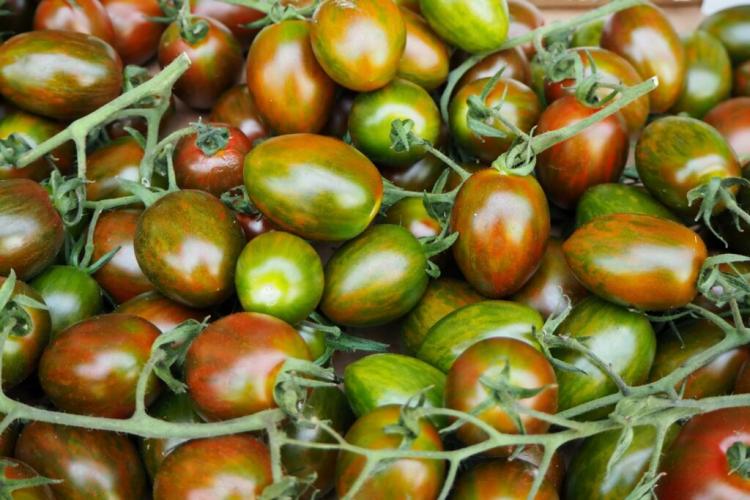
Choose a planter with a capacity of at least 10 liters and fill it halfway with soil. In the open field and in the greenhouse, dig a deep hole in the ground. The young plant of the ˈDatterinoˈ is put in, leaves that are too deep are removed. Now fill up with substrate, press lightly around the plant, and then water vigorously. When planting, a wooden or metal stick should also be inserted to support the tomato plant.
The first tomato fertilization should take place in June. At this point, the nutrients contained in the soil are slowly but surely used up and the exhausting flowering period with subsequent fruit formation begins. An organic liquid fertilizer simplifies fertilizing significantly. It is added to the watering water about once a week in a dosage of 15 to 25 ml per 5 l and is applied when watering. The nutrients it contains reach the plant roots and can be quickly absorbed. Even acute symptoms of deficiency – such as yellowing of the lower leaves due to a lack of nitrogen – can thus be easily remedied.
AtterDatterinoˈ does not branch out as much as other varieties, but skimming the tomatoes is still an issue here. First of all, ˈDatterinoˈ can be grown very well with three to four shoots. For this purpose, low-lying side shoots remain on the plant, while those above are removed from the leaf axils. This creates more shoots on which flowers and finally sweet date tomatoes form.
Harvest and use ‘Datterino’
The harvest season of the abundant Datterino tomato lasts from July to October. The small, sweet fruits remain quite firm even when fully ripe and are therefore ideal for the lunch box as a snack in between. The best thing to do is to nibble the ˈDatterinoˈ straight from the bush – hardly any fruit even makes it into the kitchen.
The date tomato can also be dried well and thus preserved for the cold season. To do this, cut the fruits in half and dry them in the dehydrator or the oven at 60 to 70 ° C for a few hours. Then you should keep the sun-dried tomatoes airtight and dry.
Date tomatoes are all the rage, as they usually have lots of handy and aromatic sweet fruits. They come in every imaginable color, from red to orange, yellow, and even purple. We present the beautifully colored, date-shaped tomato variety ˈIndigo Kumquatˈ in a portrait.
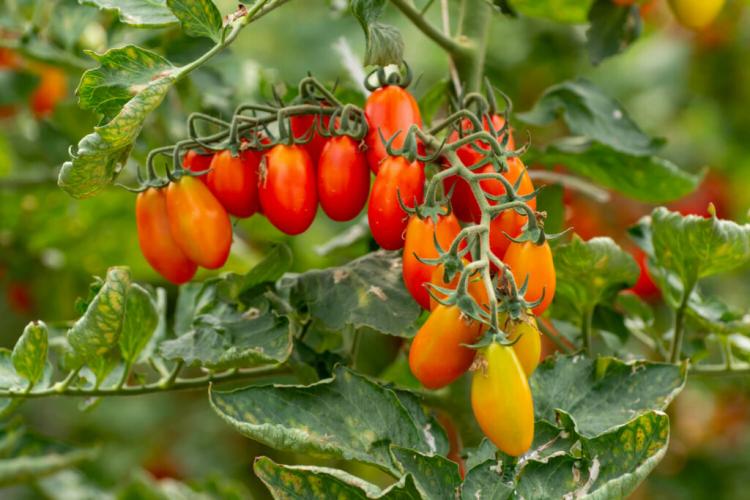
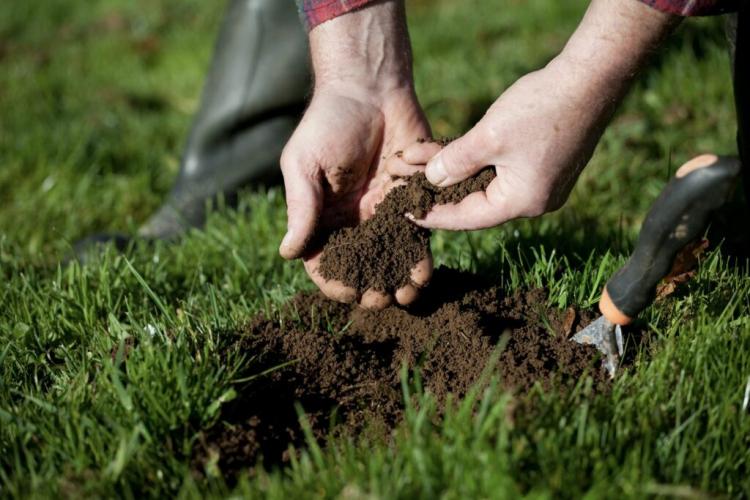

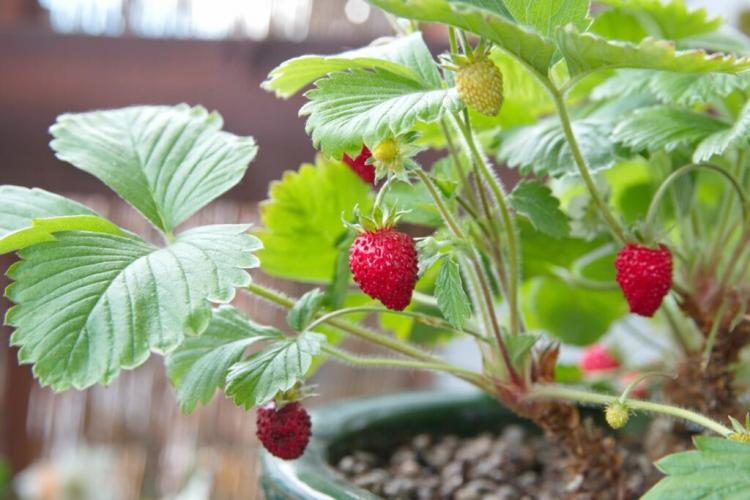
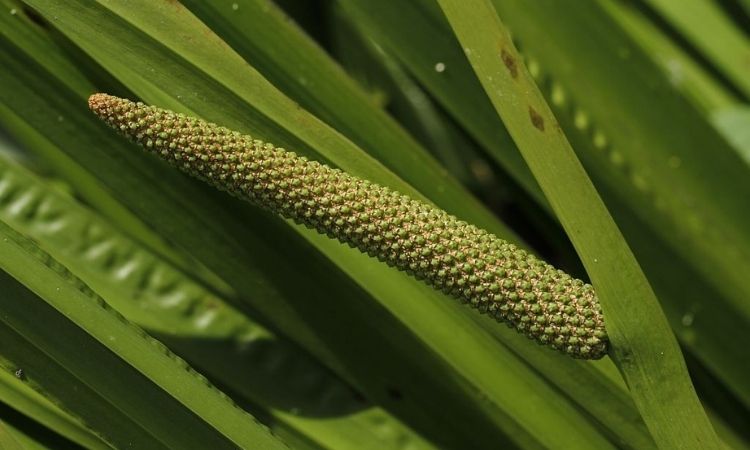
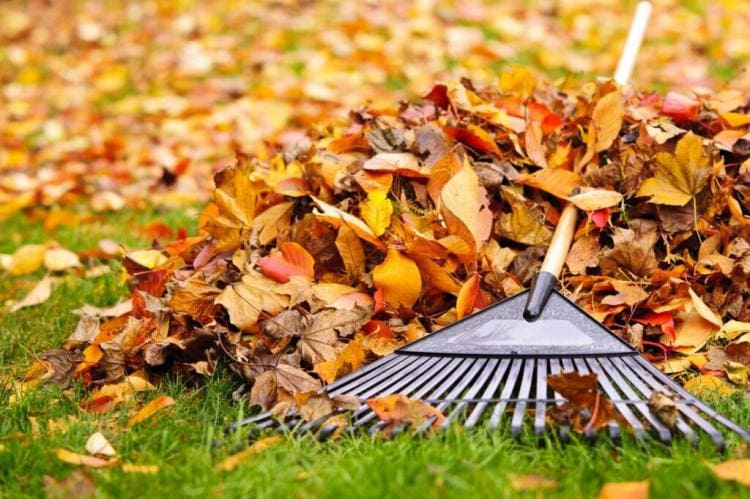
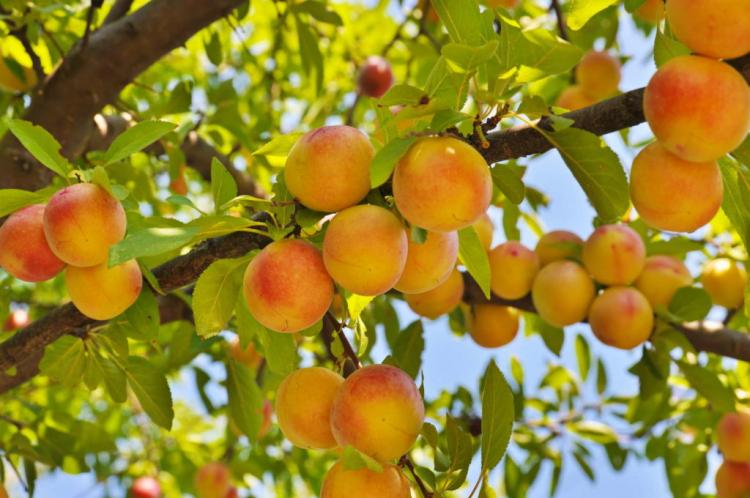
Are there Datterino varieties that are ripe when they are yellow?